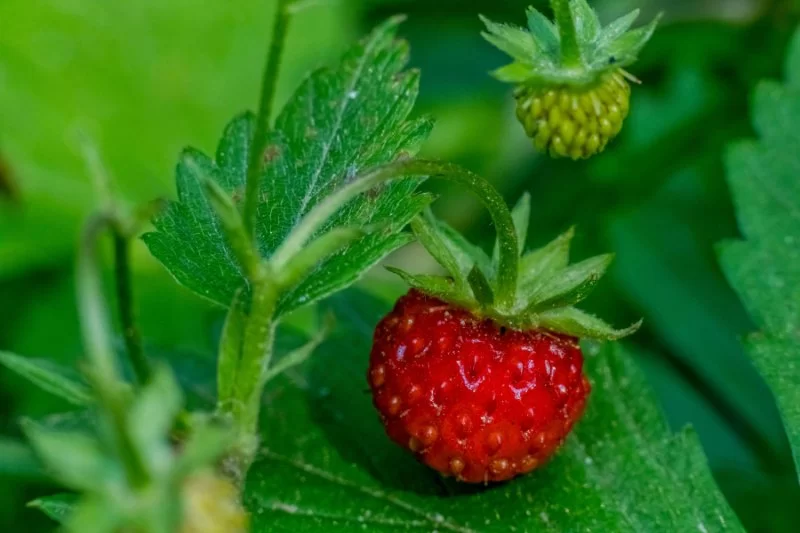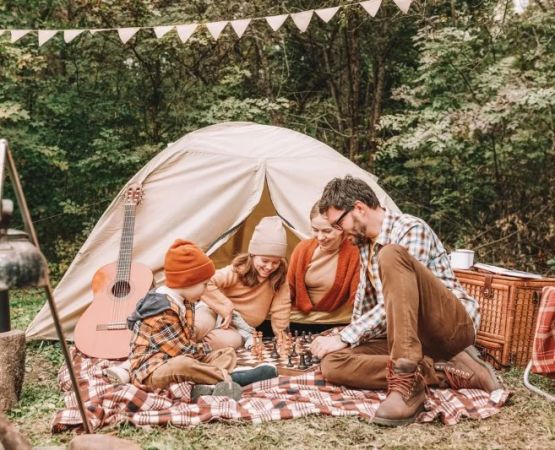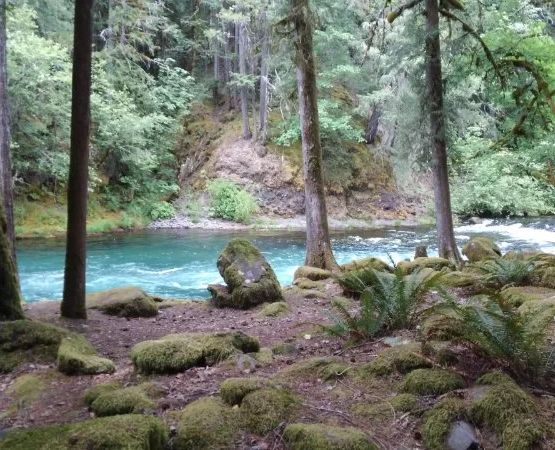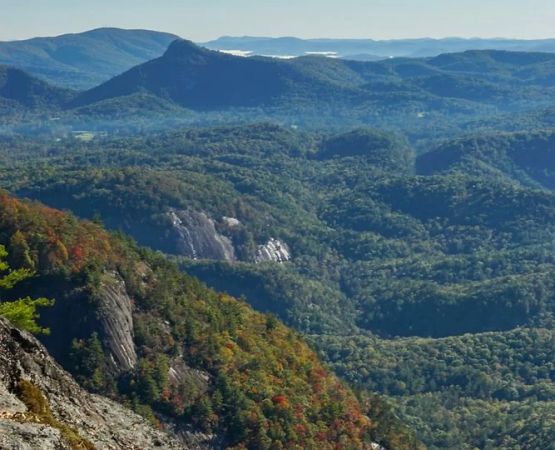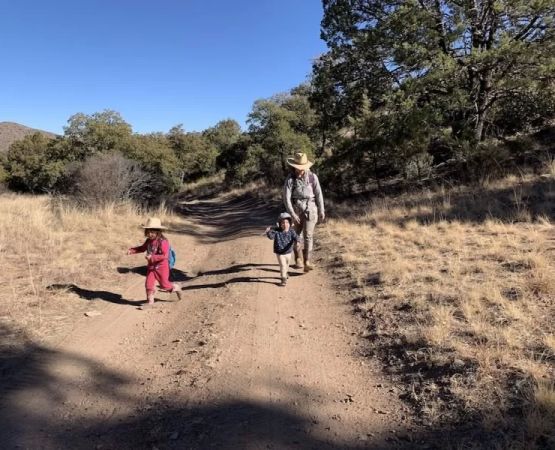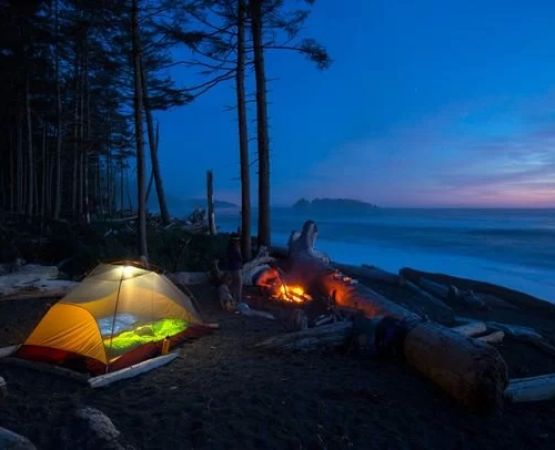- 1 - Understanding the Basics of Foraging
- 2 - How to Safely Identify Edible Plants
- 3 - Recognizing Common Edible Berries
- 4 - Real-Life Survival Stories
- 5 - Safety Guidelines for Foragers
- 6 - Enhancing Your Outdoor Adventure
Understanding the Basics of Foraging
Foraging has been part of human survival for centuries, and it remains an essential skill for anyone venturing into the wilderness. While modern grocery stores make it easy to overlook this practice, knowing how to identify edible plants and berries can be lifesaving in survival situations. Beyond practicality, foraging also provides a deeper connection to nature and can transform outdoor adventures into rewarding experiences.
How to Safely Identify Edible Plants
The golden rule of foraging is never to consume anything unless you are 100% sure it is safe. Many plants have toxic look-alikes. For example, wild carrots are often mistaken for poisonous hemlock, which can be fatal. Reliable field guides, local foraging workshops, and apps designed for plant recognition can be invaluable resources. Pay attention to details like leaf shape, vein structure, and the plant’s habitat. Smell and taste should only be tested when absolutely confident in identification.
Recognizing Common Edible Berries
Edible berries are among the easiest wild foods to identify, but caution is still required. Blueberries, blackberries, and raspberries are generally safe and familiar to most people. In contrast, berries from plants like nightshade or pokeweed are toxic and can cause severe illness. An important guideline: most white berries in the wild should be avoided, while clustered red berries often need expert verification. Observing how wildlife interacts with berries can also give clues, though it should not be your only method of judgment.
Real-Life Survival Stories
During a hiking trip in Alaska, one group of campers got delayed by unexpected weather and relied on wild blueberries and fireweed greens to supplement their supplies. Their story highlights not just the nutritional value of these wild foods, but also the peace of mind that comes with knowing what is safe to eat. On the other hand, a widely reported incident involved hikers in the Appalachian Mountains who consumed toxic berries, resulting in hospitalization. These contrasting stories underscore why education and preparation are critical.
Safety Guidelines for Foragers
1. Always cross-reference at least two reliable sources before consuming a plant or berry. 2. Start with small amounts to see how your body reacts. 3. Avoid foraging near roadsides or polluted areas, as plants may absorb harmful chemicals. 4. Teach children clear rules—such as never eating berries without adult confirmation. Practicing these guidelines ensures that foraging remains both safe and enjoyable, whether for survival or recreation.
Enhancing Your Outdoor Adventure
Identifying edible plants and berries in the wild isn’t just about survival—it’s about enriching your outdoor experience. For many, the act of finding, preparing, and tasting wild foods adds layers of meaning to camping or hiking trips. It transforms the wilderness into a living pantry and classroom. If you are looking to combine adventure with learning, Pine Cliff Resort offers the perfect base for exploring nature while deepening your survival skills in a safe and guided environment.

